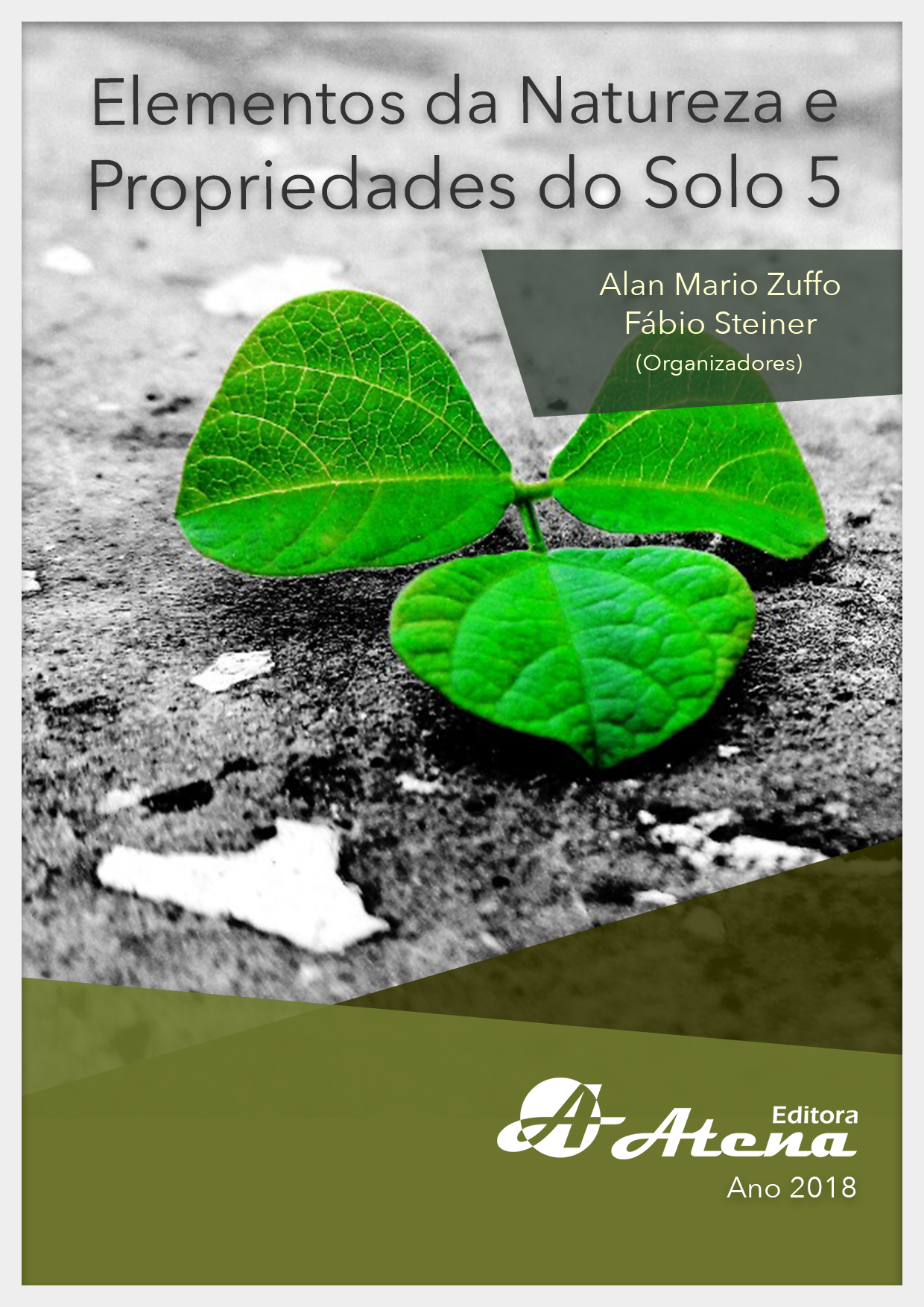
NÍVEIS DE SOMBREAMENTOS E ADUBAÇÃO FOSFATADA NA PRODUÇÃO DE MUDAS DE CEDRO-ROSA
O experimento foi conduzido na área
experimental da Universidade Federal Rural da
Amazônia (UFRA), Campus Capitão Poço – PA. O
delineamento do experimento foi o de blocos ao
acaso em esquema de parcelas subdivididas 4 x
5, sendo quatro níveis de sombreamento (0, 30,
50, 70 %) e cinco doses de P2O5 (0, 5, 10, 15 e
20 g/planta) com três repetições, totalizando 60
plantas. Foram analisadas as variáveis altura da
planta (AP) e número de folíolos (NFOL), aos 30
e 60 dias após o transplantio (DAT). As médias
foram submetidas à análise de variância pelo teste
F (p<0,05), sendo a interação sombreamento x
doses de P2O5 submetidas à análise de regressão
(p<0,05). Para a altura da planta (AP) aos 30 dias
após o transplantio (DAT), o melhor resultado
obtido foi pelo tratamento a pleno sol com
comportamento quadrático, chegando a 16 cm
de altura na dose 0 g/planta de ARAD, já para os
sombreamentos de 30% e 50% o desempenho foi
linear decrescente. Aos 60 (DAT), o tratamento 0%
manteve o mesmo comportamento quadrático em
relação às doses e melhor resposta na dose de
0 g/planta P2O5. Por outro lado, o sombrite 50%
apresentou resposta constante com altura de 23,
27 cm, assim como o sombrite 70%, porém este
com menor altura de 18, 23 cm, e para o sombrite
30% o comportamento foi linear decrescente. Para
o número de folíolos (NFOL) aos 30 DAT,
o nível de
sombreamento 30% apresentou resposta linear
decrescente em detrimento às doses, já os níveis
50% e 70% tiveram comportamento constante
obtendo 25,60 e 30,42 folíolos, respectivamente.
Aos 60 DAT O nível 30% expressou resultado
linear positivo, e 50% e 70% continuaram com
comportamento constante, porém o nível 50 %
supera o último nível com 108,73 e 90,20 números
de folíolos, respectivamente. O tratamento com
nível de sombreamento 0% apresentou resposta
quadrática com maior valor na dose 0 g/planta
de P2O5 para o NFOL com 30 e 60 DAT. Diante
disso, podemos afirmar que o sombreamento tem
influência direta sob o crescimento das mudas de
cedro-rosa, e a resposta das mesmas às doses
de P2O5 é negativa, uma vez que as doses são aumentadas. Além disso, é de extrema relevância que se façam mais estudos sobre o fator
adubação da espécie para os demais nutrientes.
NÍVEIS DE SOMBREAMENTOS E ADUBAÇÃO FOSFATADA NA PRODUÇÃO DE MUDAS DE CEDRO-ROSA
-
DOI: Atena
-
Palavras-chave: Cedrela fissilis, fósforo, produção de mudas.
-
Keywords: Cedrela fissilis, phosphorus, seedling production.
-
Abstract:
The cedar-rose (Cedrela fissilis Vell.) Is a forest species native to Brazil, with
wide use, mainly in reforestation. The objective of this work was to analyze the effects
of different levels of shading and phosphorus doses on the production of cedro-rosa
seedlings. Plant height (AP) and leaflet number (NFOL) were analyzed at 30 and 60 days
after transplantation (DAT). The averages were submitted to analysis of variance by the F
test (p <0.05), with the shade interaction x doses of P2O5 submitted to regression analysis
(p <0.05). For plant height (AP) at 30 days after transplantation (DAT), the best result was
complete solar treatment with quadratic behavior, reaching 16 cm in height at 0 g / ARAD
dose, already for shading of 30% and 50% performance was linearly decreasing. At 60
(DAT), the 0% treatment maintained the same quadratic behavior in relation to the doses
and better dose response of the plant of 0 g / P2O5. On the other hand, sombrite 50%
presented a constant response with a height of 23.27 cm, as well as sombrite 70%, but
with a height less than 18.23 cm, and for sombrite 30%, the behavior decreased linearly.
For the number of leaflets (NFOL) at 30 DAT, the 30% shade level showed a decreasing
linear response in detriment of the doses, while the levels of 50% and 70% had constant
behavior obtaining 25.60 and 30.42 leaflets, respectively. A level of 60 DAT 30% expressed
a positive linear result, and 50% and 70% continued to behave steadily, but the 50% level
exceeded the last level with 108.73 and 90.20 leaflet numbers, respectively. The treatment
with 0% shading level presented a quadratic response with a higher value in 0 g / plant
P2O5 for NFOL with 30 and 60 DAT. Therefore, we can say that the shading has a direct
influence on the growth of the cedar-rose seedlings and its response to the doses of P2O5
is negative, since the doses are increased. In addition, it is of extreme relevance that more
studies are done on the fertilization factor of the specie for the other nutrients.
-
Número de páginas: 15
- Tayssa Menezes Franco


